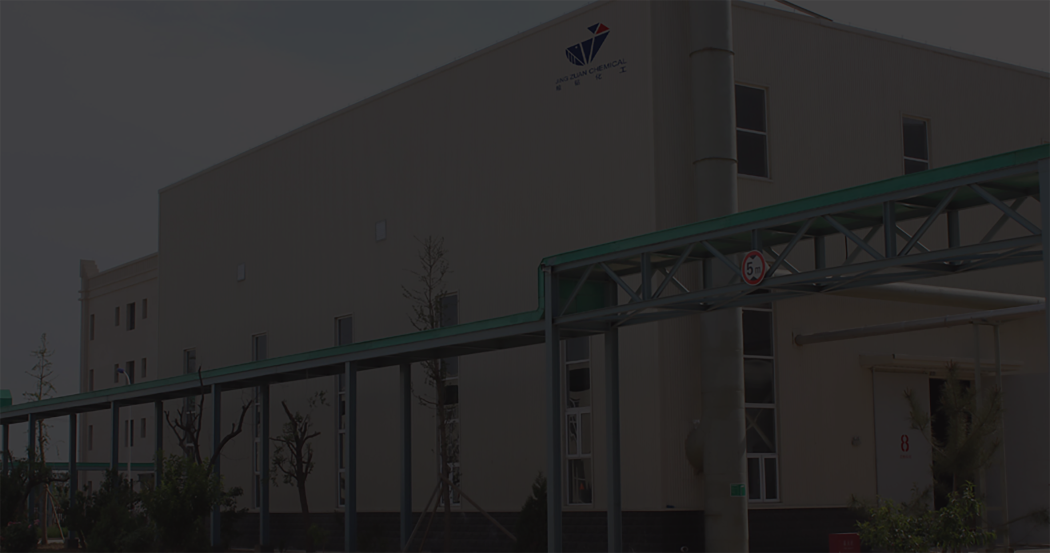
8월 . 30, 2024 16:09 Back to list
Hydroxypropyl Methyl Cellulose Solubility - Comprehensive Guide
Understanding Hydroxypropyl Methylcellulose Solubility
Hydroxypropyl methylcellulose (HPMC) is a semisynthetic polymer derived from cellulose, widely used in various industries—including pharmaceuticals, food, and construction—due to its unique properties. One of the key characteristics of HPMC is its solubility in water, which plays a significant role in its application.
HPMC is predominantly soluble in cold water, making it particularly useful in a variety of formulations. When mixed with water, HPMC swells and forms a gel-like consistency, which is essential for many products, such as emulsions, coatings, and thickening agents. The solubility characteristics of HPMC can be influenced by several factors, including the degree of substitution, molecular weight, and temperature.
Factors Affecting Solubility
1. Degree of Substitution The degree of substitution refers to the extent to which hydroxyl groups on the cellulose molecule are replaced with hydroxypropyl and methyl groups. Higher degrees of substitution generally enhance solubility, as these modifications reduce intermolecular hydrogen bonding, promoting better interaction with water.
2. Molecular Weight HPMC is available in various molecular weights, which significantly impact its solubility. Lower molecular weight HPMC tends to dissolve more rapidly and completely in water, while higher molecular weight varieties may take longer and may not fully dissolve under certain conditions. The choice of molecular weight depends on the specific application and the desired viscosity of the final product.
hydroxypropyl methyl cellulose solubility

3. Temperature Temperature also plays a crucial role in the solubility of HPMC. As temperature increases, the solubility tends to increase, allowing for a more efficient dissolution process. This property is particularly advantageous in applications where quick solvation is desired.
Applications Leveraging Solubility
The solubility of HPMC facilitates its use in the pharmaceutical industry, where it serves as a binder, film former, and controlled-release agent in tablet formulations. In the food sector, HPMC is utilized as a thickening agent, stabilizer, and emulsifier, contributing to improved texture and shelf stability. In construction, it acts as an additive in cement and mortar formulations, enhancing workability and water retention.
Conclusion
In summary, the solubility of hydroxypropyl methylcellulose is a critical factor that influences its performance across various applications. By understanding the factors that affect its solubility, formulators can tailor products to meet specific needs, ensuring optimal functionality and effectiveness. As research continues, HPMC’s applications are likely to expand, further showcasing its versatility in different fields.
-
Why HPMC is a Key Additive in Wall Putty Formulations
NewsAug.05,2025
-
Redispersible Powder in Decorative Renders: Function Meets Finish
NewsAug.05,2025
-
Redispersible Powder for Interior Wall Putty: Smooth Results Every Time
NewsAug.05,2025
-
HPMC’s Water Retention Capacity in Dry Mortar Applications
NewsAug.05,2025
-
HPMC Factory Contributions to Liquid Detergents
NewsAug.05,2025
-
How HPMC Factory Products Change Detergent Textures
NewsAug.05,2025







